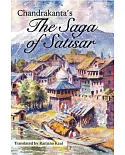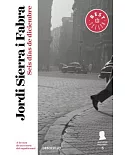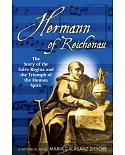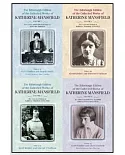Fiction. Translated from the French by Mitchell Abidor. Introduction by Brian Evenson. A RASKOLNIKOFF was originally commissioned for a series of novels called "The Great Fable: Chronicle of
Imaginary Characters," in which figures from literature, theater, film, and legend were brought back to life. Other writers chose Merlin, and Chaplin’s Tramp; Bove’s choice was to write "a
continuation ofCrime and Punishment." In a letter to his publisher he said that Raskolnikoff "doesn’t appear in flesh and blood, but his influence on the young man’s spirit is very
visible."
"The novella A RASKOLNIKOFF operates (as the title suggests) in a Dostoyevskian vein, with nods to bothCrime and Punishment and Notes from Underground. It also strikes me as
being a response of sorts to Arthur Schnitzler’s novellaDying (1895), which offers a similar torturous dynamic between the two main characters. A RASKOLNIKOFF is the story of
Changarnier, a lonely, impoverished man with a healthy—perhaps too healthy—sense of his own guilt and an overweening sense of pride. He has as his audience Violette, a girl who adores him and
who he treats increasingly erratically. Together, exhausted, they wander the streets of Paris, eventually "walking straight ahead in the hopes that something will happen to us."—Brian Evenson,
from the Introduction





















